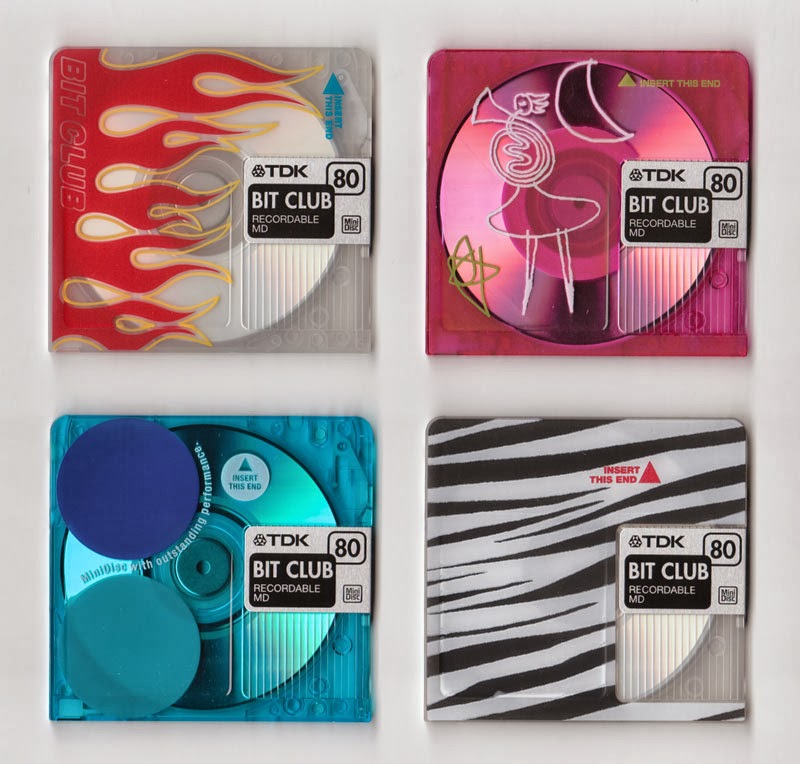
MiniDiscs: What Was, Is, and Could Have Been
MiniDiscs: What Was, Is, and Could Have Been


The official narrative of the history of the MiniDisc is that it was a complete and utter flop. Though many of us have memories of owning or listening to MiniDiscs in the 90’s and early 2000’s, Sony didn’t find the success they were expecting with the technology and many record labels refused to release music using the MD format, leading to an incredibly limited selection for MiniDisc enthusiasts. Despite its lukewarm reception in the United States and other world markets, it did find relative popularity in Japan and the United Kingdom in the late 1990s.
For those of us who think that the MiniDisc was a work of technological genius ahead of its time, its market failure comes as a bit of a shock. Why did people still favor Discmans, a more modern version of a Walkman that was somehow bigger, bulkier, and less portable? Though MiniDisc enthusiasts found ways to burn music onto homemade MD mixtapes to overcome the lack of records available in the format, its niche popularity wasn’t enough to save it. They were soon overtaken by the MP3 player, released in 1998, which saw away with the need for physical media like CD’s, tapes, or MiniDiscs entirely. People favored the file-based, digital format and the future of music listening was changed forever. Goodbye MiniDisc, hello iPod.

Despite its undeservedly disappointing run, the MiniDisc hasn’t gone away so easily. Despite Sony ceasing production of the technology in 2011, MiniDisc has found a fervent fanbase in music and retro technology enthusiasts worldwide. There are a large number of online communities where members can buy and sell MiniDiscs and MiniDisc players, share advice on maintaining the technology, and share sweet nostalgic MiniDisc content. Many Vaporwave artists in particular have embraced the format, combining an excellent retro listening experience with the nostalgia of a not too distant era.
So there you have it. MiniDisc may not have taken off in the way that Sony, or MiniDisc enthusiasts, might have hoped but its legacy lives on to this day. We hope you enjoyed this trip down memory lane! Let us know what other pieces of retro, nostalgic technology you’d like to see featured next!












